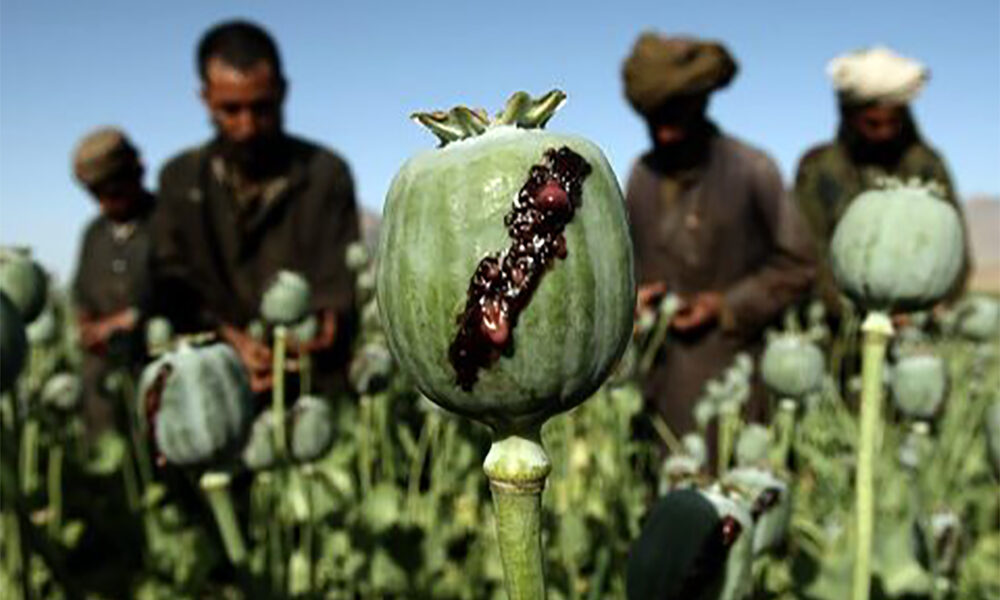Latest News
IEA takes massive anti-drug step, bans poppy cultivation

In a major crackdown on illegal practices in the country, the Islamic Emirate of Afghanistan’s (IEA) supreme leader on Sunday issued a decree banning the cultivation of poppies.
According to the decree, “all Afghans are informed that from now on, cultivation of poppy has been strictly prohibited across the country.
“If anyone violates the decree, the crop will be destroyed immediately and the violator will be treated according to the Sharia law,” read the decree.
The decree stated that in addition to this, usage, transportation, trade, export and import of all types of narcotics such as alcohol, heroin, Tablet K (which can contain methamphetamine and/or heroin), hashish and all drug manufacturing factories in Afghanistan are strictly banned.
The decree noted that “enforcement of this decree is mandatory” . In addition, anyone breaking this law with be “prosecuted and punished”.
Afghanistan has long been known as the biggest opium producer in the world and according to a UN study last year, the country accounted for at least 85 percent of global opium production in 2020 and supplied some 80% of all opiate users in the world.
United Nations Office on Drugs and Crime (UNODC) said in a November report that the 2021 opium harvest, completed in July, marked the fifth year in a row with production at historic highs of more than 6,000 tons, potentially yielding up to 320 tons of pure heroin to be trafficked to markets around the world.
UNODC estimated in its report that income from opiates in Afghanistan amounted to some $1.8-$2.7 billion in 2021 but noted that much larger sums are accrued along illicit drug supply chains outside Afghanistan.
The report also noted that at the end of the annual opium cultivation season in July 2021, the area under opium poppy cultivation in Afghanistan was estimated at 177,000 hectares.
Opium poppy cultivation has been increasing steadily over the past two decades, with an average rise of 4,000 hectares each year since systematic monitoring began in 1994 – albeit with strong yearly fluctuations.
Estimated opium production in 2021 was 6,800 tons or 8 percent more
than in 2020, meaning production has exceeded 6,000 tons for an unprecedented fifth consecutive year.
This amount of opium could be converted into some 270-320 tons of pure heroin, UNODC stated.
